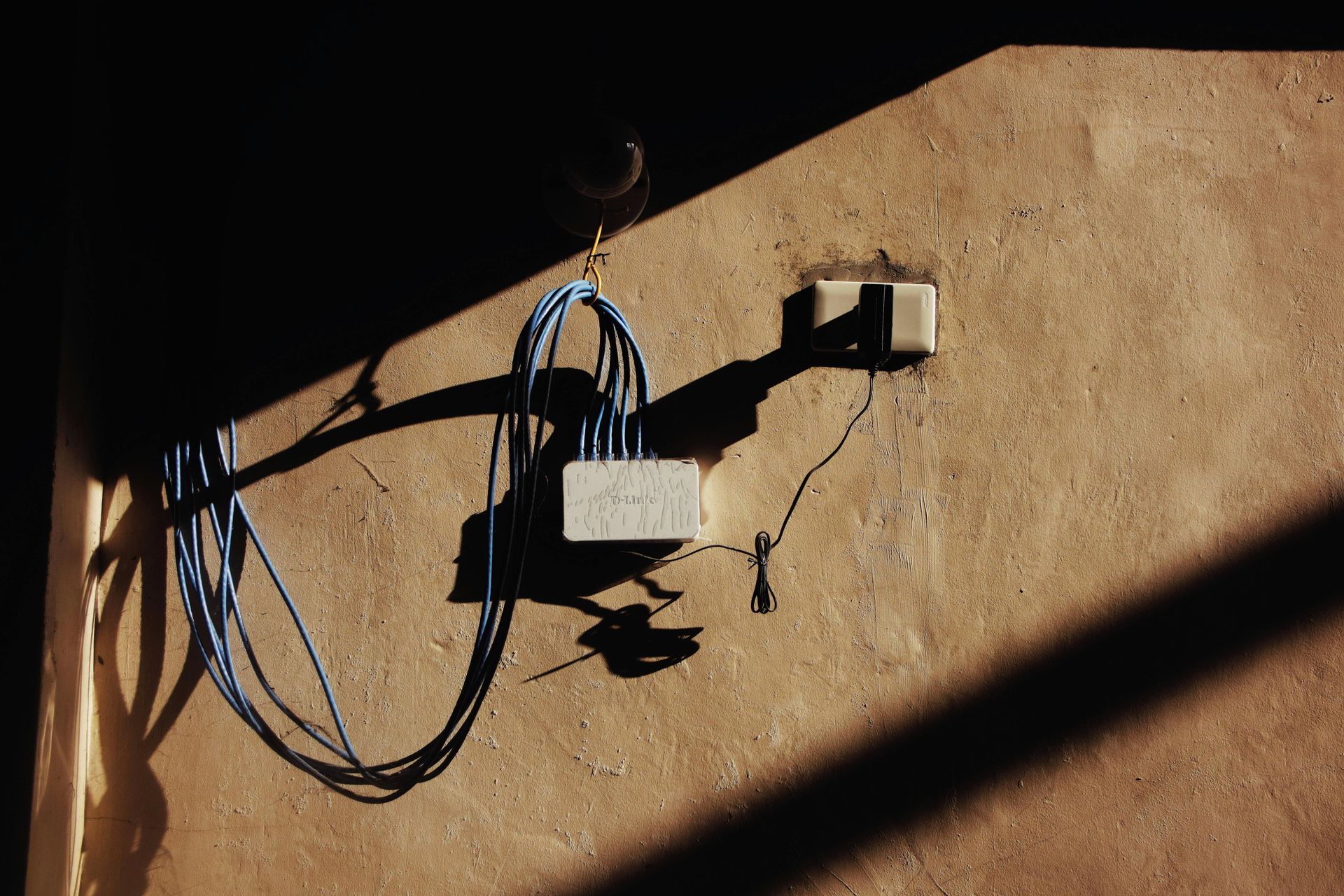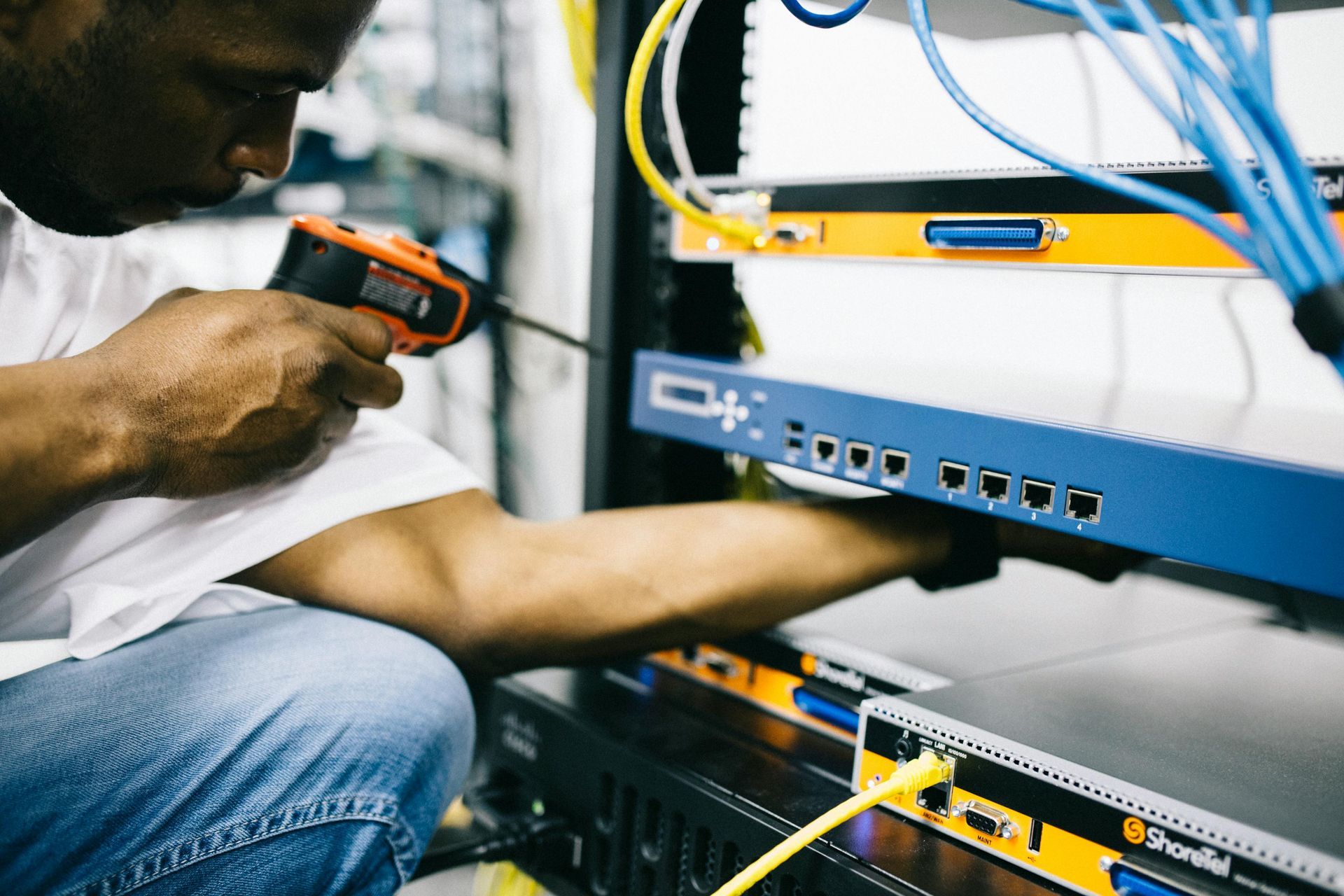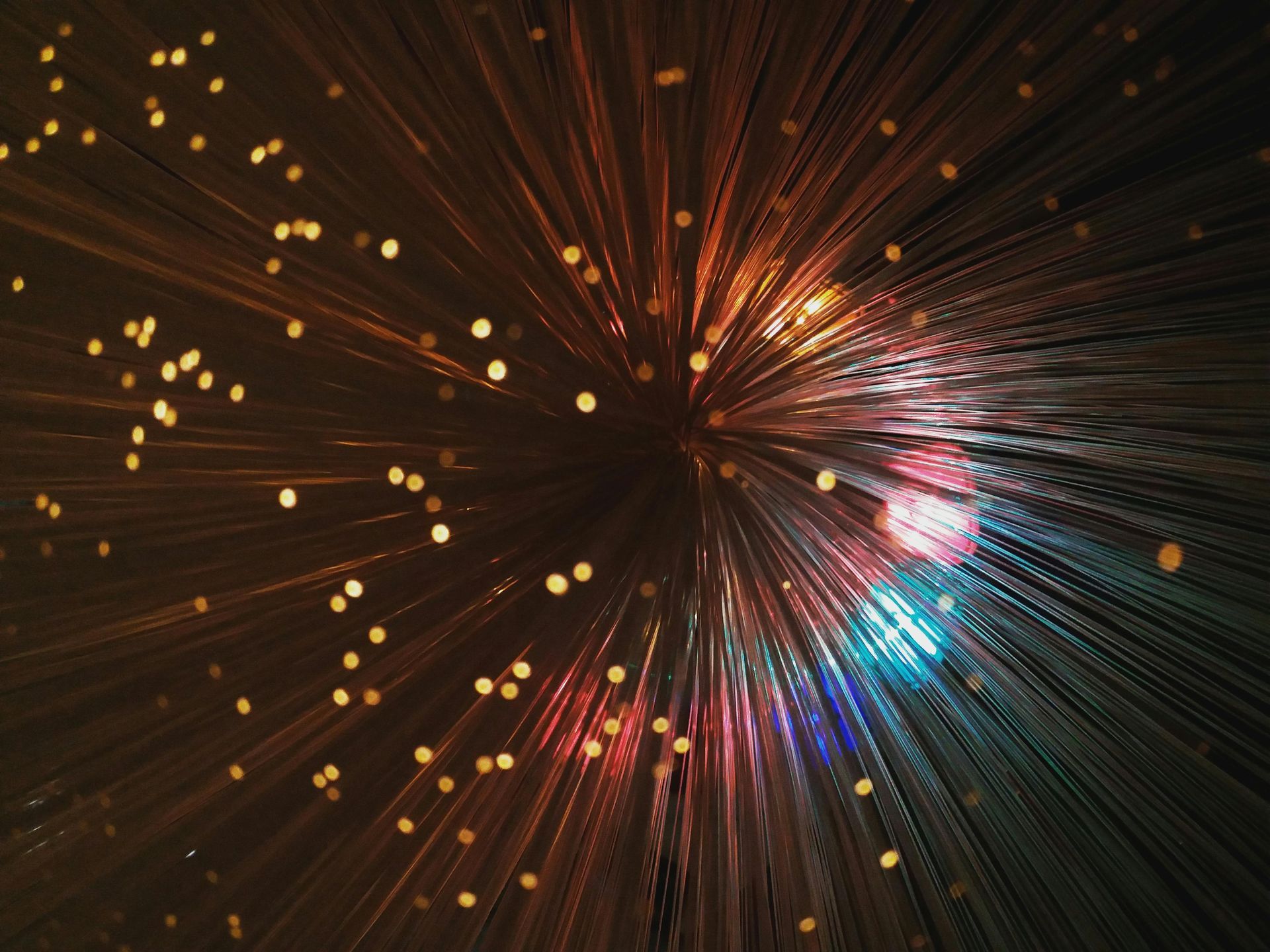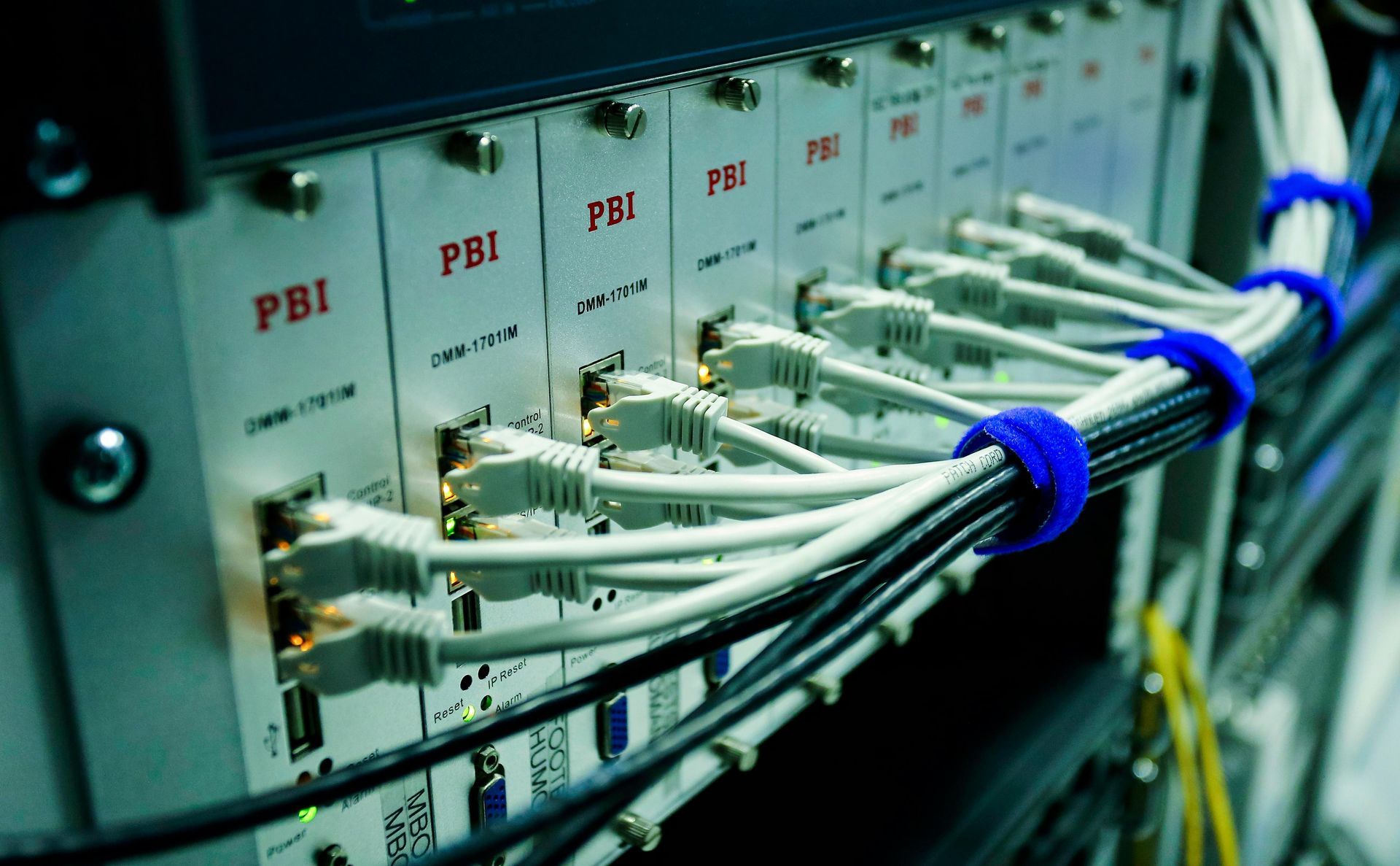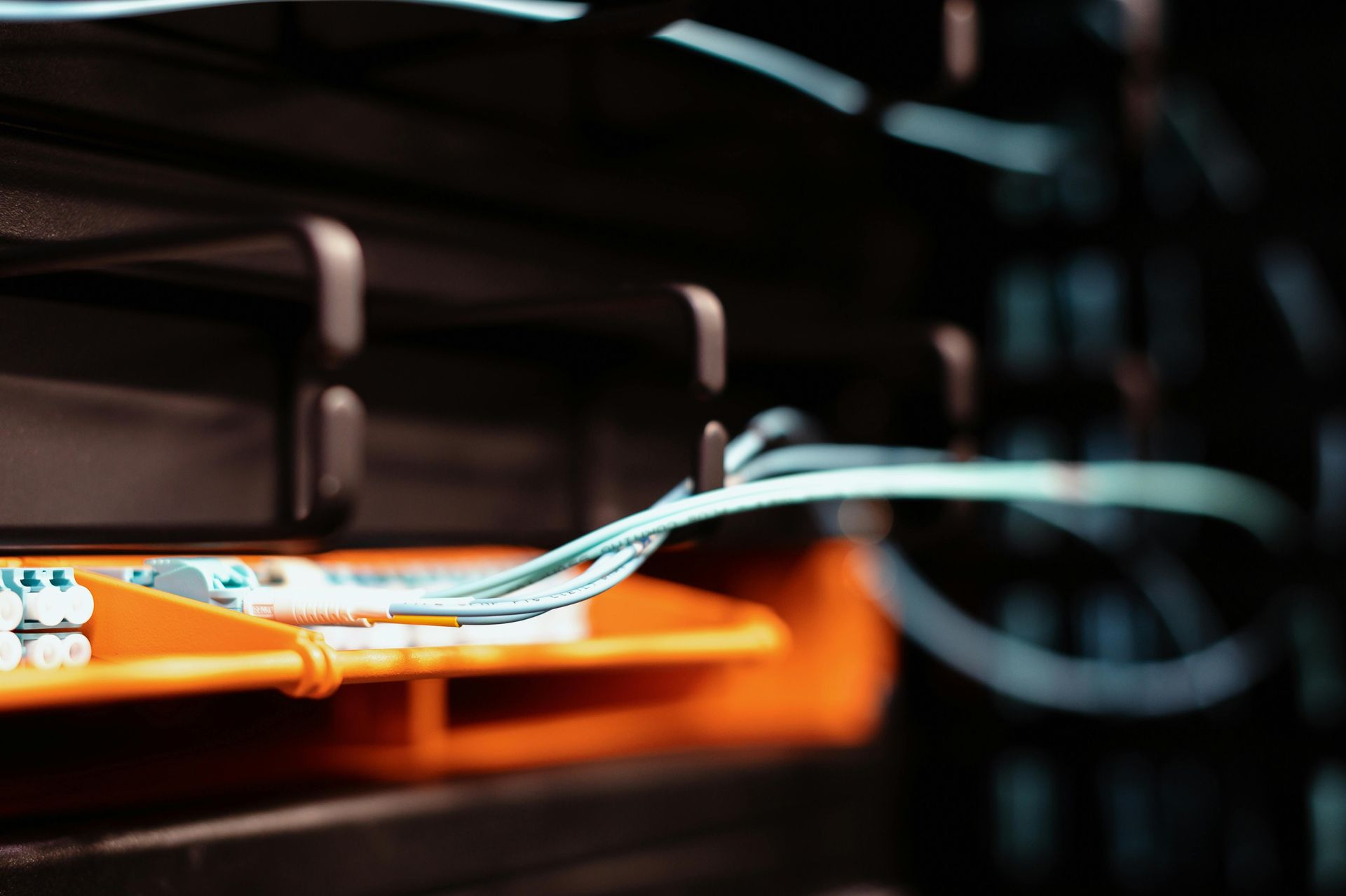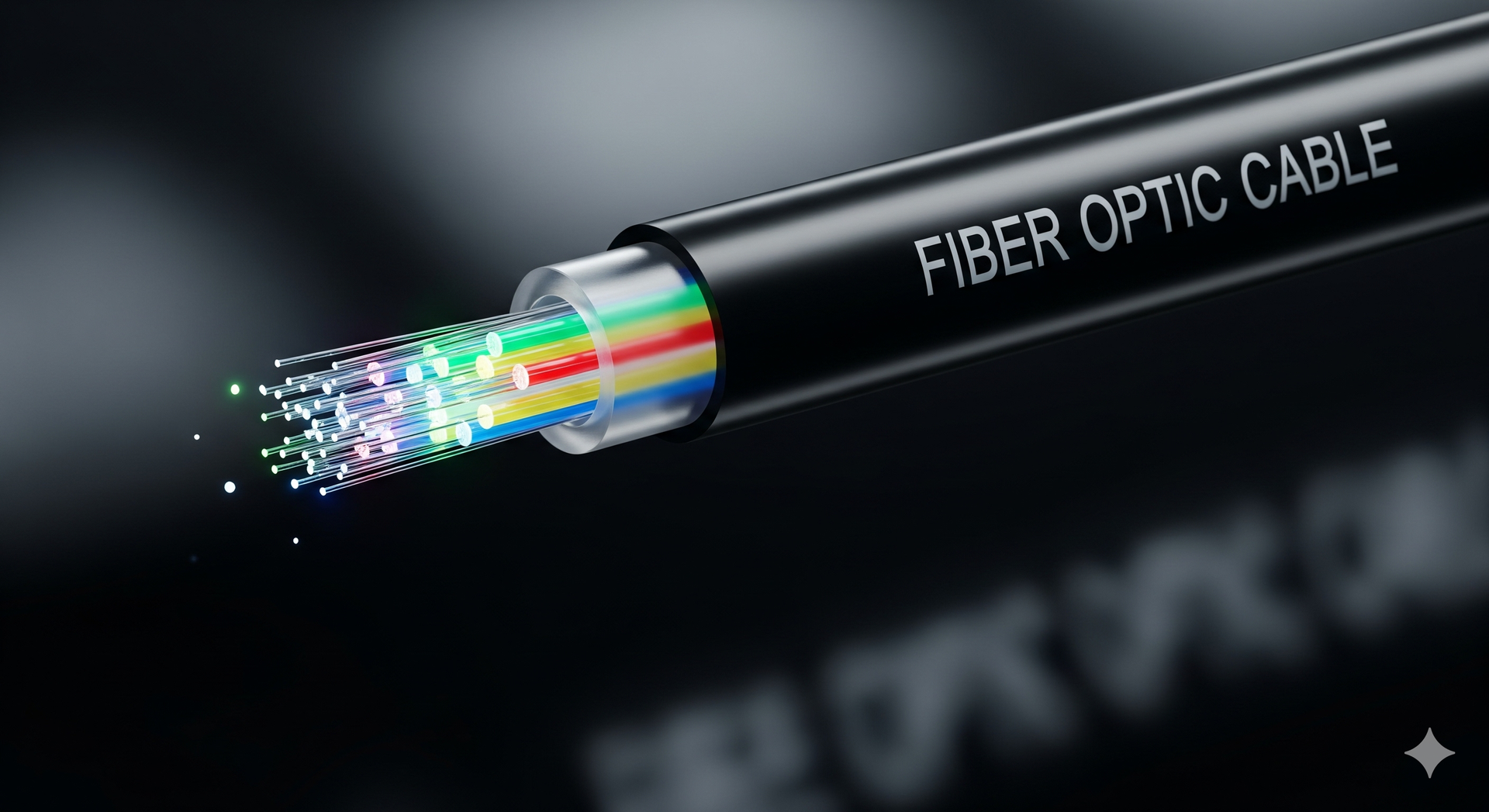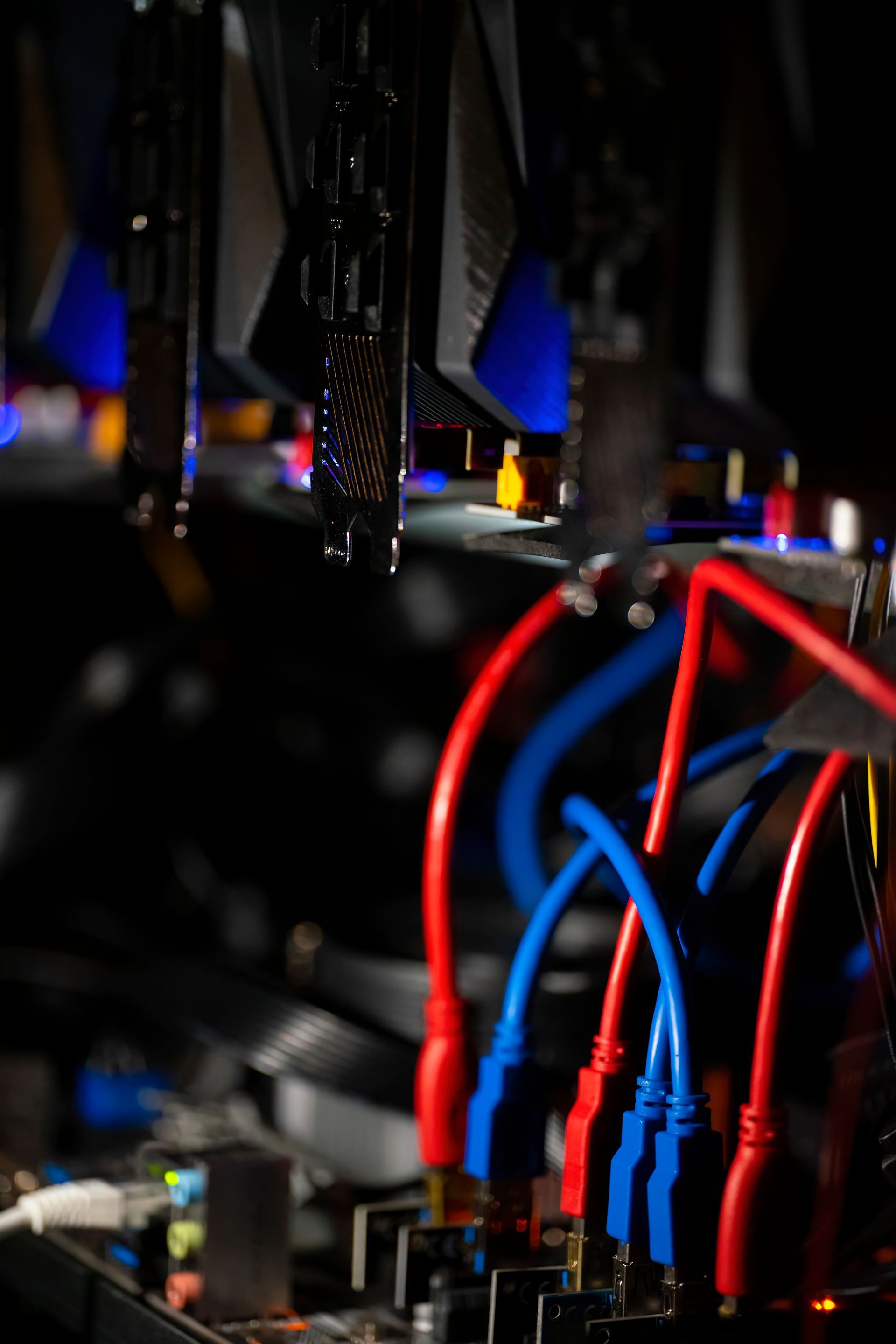Cat6 vs Cat6A: Which Cable Type Is Right for You?
Ethernet cables are the backbone of wired networking, connecting devices to ensure fast and reliable internet access. Among the many options, Cat6 and Cat6A cables stand out for their performance in modern networks. Whether you're setting up a home office, upgrading a business network, or investing in structured cabling, choosing the right cable can impact speed, reliability, and future scalability. For companies planning infrastructure upgrades, office corporate building data cabling is often a key part of ensuring smooth connectivity. This article compares Cat6 and Cat6A cables, exploring their specifications, use cases, and key differences to help you decide which is best for your needs.
Key Takeaways
- Cat6 supports up to 10 Gbps with 250 MHz bandwidth, while Cat6A handles 10 Gbps with 500 MHz.
- Cat6A maintains 10 Gbps performance over longer distances (100 meters) compared to Cat6 (55 meters).
- Cat6A typically includes better shielding, reducing interference in dense environments.
- Cat6 is more affordable, while Cat6A is pricier due to enhanced performance.
- Cat6A is better suited for advanced applications and future network upgrades.
- Cat6 is ideal for home or small offices; Cat6A excels in enterprise or high-performance settings.
Understanding Ethernet Cables
Ethernet cables transmit data between devices like computers, routers, and switches. Categories (Cat) define performance levels, with higher numbers indicating better speed and bandwidth. Cat6 and Cat6A are advanced options designed for modern networks, supporting high-speed internet and data-heavy applications. Both are backward compatible with older standards like Cat5 vs Cat6, but they differ in capabilities, construction, and cost.
What Is Cat6?
Cat6, or Category 6, cables were introduced to support faster networks. They handle speeds up to 10 Gbps at a bandwidth of 250 MHz, making them a step up from Cat5e (1 Gbps, 100 MHz). Cat6 cables use twisted pair wiring to reduce crosstalk (interference between wires), ensuring stable connections. They are suitable for most home and small office setups, supporting applications like streaming, gaming, and video conferencing.
Key features of Cat6:
- Speed: Up to 10 Gbps over 55 meters; 1 Gbps over 100 meters.
- Bandwidth: 250 MHz, allowing efficient data transfer.
- Shielding: Available in unshielded (UTP) and shielded (STP) variants, with STP offering better interference protection.
- Applications: Ideal for home networks, small businesses, and moderate data demands.
For households, a
UTP cable home network setup can deliver strong performance at a reasonable cost.
What Is Cat6A?
Cat6A, or Category 6 Augmented, is an enhanced version of Cat6, designed for higher performance. It supports 10 Gbps speeds over 100 meters with a bandwidth of 500 MHz. Cat6A cables have stricter manufacturing standards, reducing crosstalk and electromagnetic interference (EMI). This makes them suitable for demanding environments like data centers, enterprise networks, or setups requiring long cable runs.
Key features of Cat6A:
- Speed: Consistent 10 Gbps over 100 meters.
- Bandwidth: 500 MHz, doubling Cat6’s capacity.
- Shielding: Typically shielded (STP), minimizing interference in crowded settings.
- Applications: Suited for enterprise networks, data centers, and future-proofing.
Key Differences Between Cat6 and Cat6A
While both cables support high-speed networking, their differences impact performance, cost, and suitability. Below is a detailed comparison:
| Feature | Cat6 Name | Cat6A |
|---|---|---|
| Max Speed | 10 Gbps (up to 55m), 1 Gbps (100m) | 10 Gbps (up to 100m) |
| Bandwidth | 250 MHz | 500 MHz |
| Shielding | UTP or STP | Usually STP |
| Cable Thickness | Thinner, more flexible | Thicker, less flexible |
| Cost | More affordable | More expensive |
| Max Distance | 55m for 10 Gbps, 100m for 1 Gbps | 100m for 10 Gbps |
Speed and Bandwidth
Cat6 supports 10 Gbps speeds but only up to 55 meters. Beyond this, performance drops to 1 Gbps. Its 250 MHz bandwidth handles most consumer and small business needs, like 4K streaming or online gaming. Cat6A, with 500 MHz bandwidth, maintains 10 Gbps over 100 meters, making it ideal for applications requiring consistent high speeds, such as server connections or large-scale networks. When comparing connectivity types, some may wonder about Ethernet vs WiFi. Ethernet typically wins for speed and stability, especially in professional environments.
Shielding and Interference
Interference can disrupt network performance, especially in environments with multiple cables or electronic devices. Cat6 cables come in unshielded (UTP) or shielded (STP) versions. UTP is common for home use, while STP is better for offices with moderate interference. Cat6A cables are typically shielded, offering superior protection against crosstalk and EMI. This makes Cat6A a better choice for industrial settings or buildings with dense cabling. Businesses with larger infrastructures often see the benefits of structured cabling for maintaining organized and efficient networks.
Distance Capabilities
Distance is a critical factor in large installations. Cat6’s 10 Gbps speed is limited to 55 meters, which is sufficient for most homes or small offices. Cat6A’s ability to sustain 10 Gbps over 100 meters makes it ideal for larger spaces, such as multi-floor offices or data centers, where long cable runs are common.
Cost Considerations
Cat6 cables are more budget-friendly, making them a popular choice for home users or small businesses. Cat6A cables cost more due to their enhanced construction and performance. The price difference can be significant for large installations, so consider your budget and performance needs when choosing.
Physical Characteristics
Cat6 cables are thinner and more flexible, making them easier to install in tight spaces. Cat6A cables are thicker due to added shielding and insulation, which can make installation more challenging. If aesthetics or ease of installation matter, Cat6 may be preferable for home setups.
Use Cases: When to Choose Cat6 or Cat6A
Cat6 Use Cases
- Home Networks: Cat6 is sufficient for connecting routers, gaming consoles, or smart TVs, supporting high-speed internet and streaming.
- Small Offices: Small businesses with moderate data needs can rely on Cat6 for reliable performance.
- Cost-Conscious Projects: If budget is a concern and cable runs are short, Cat6 offers excellent value.
Cat6A Use Cases
- Enterprise Networks: Large offices or campuses benefit from Cat6A’s long-distance performance and interference resistance.
- Data Centers: Cat6A supports high-speed server connections and heavy data loads.
- Future-Proofing: If you anticipate upgrading to faster networks (e.g., 10 Gbps or beyond), Cat6A is a better investment.
Installation Considerations
Installing Ethernet cables requires planning. Cat6’s flexibility makes it easier to route through walls or conduits. Cat6A’s thickness and rigidity can complicate installation, especially in tight spaces. Both cables require proper termination (using RJ45 connectors) and testing to ensure performance. For Cat6A, professional cable installation may be necessary to meet strict standards and avoid signal loss.
Consider these tips:
- Cable Length: Measure runs accurately to avoid exceeding distance limits.
- Environment: Use shielded cables in areas with high interference (e.g., near power lines).
- Connectors: Ensure connectors match the cable type (Cat6 or Cat6A) for optimal performance.
Future-Proofing Your Network
Technology evolves rapidly, and network demands are increasing with trends like 8K streaming, virtual reality, and IoT devices. Cat6 supports current consumer needs but may struggle with future applications requiring higher bandwidth. Cat6A’s superior specifications make it a better choice for long-term scalability, especially in commercial settings. If you’re building a new network or upgrading, Cat6A offers peace of mind for future upgrades. In areas where the highest speeds are essential, some businesses also explore fiber internet benefits, which go beyond copper cabling altogether.
Frequently Asked Questions
Can I use Cat6A cables with older devices?
Cat6A offers high bandwidth and speed, backward compatible but limited by the slowest device. Full Cat6A potential requires all devices to support its maximum speeds; it won't boost older hardware.
Is Cat6A worth the extra cost for home use?
Cat6 cabling suffices for most homes, handling typical network demands. Cat6A, while superior, is usually overkill for standard residential use due to its higher cost and complexity. Its benefits, like longer transmission distances or future high-speed upgrades, are relevant only in specific scenarios.
Do I need special equipment for Cat6A?
For Cat6A cabling to achieve its full 10 Gbps potential, all network equipment (switches, routers, NICs) must also be 10 Gbps compatible. Connecting to slower devices will limit performance. A comprehensive upgrade to 10 Gbps hardware is recommended for optimal speed.
How do I know if my cable is shielded?
Select Cat6/Cat6A based on shielding: STP (shielded) for high-interference 10GbE environments (Cat6A common), or UTP (unshielded) for economical home/small office use (Cat6 common). Shielding ensures EMI/crosstalk protection, crucial for robust 10GbE performance. The cable jacket indicates shielding.
Can I mix Cat6 and Cat6A in the same network?
A network's speed is limited by its slowest component, be it cables, hardware, or software. For instance, Cat5e cables cap network speed at Cat5e levels, even with faster parts. A 1 Gbps switch similarly restricts the network. Upgrading only a few components won't help; all must support the desired speed for optimal performance.
Final Thoughts
Choosing between Cat6 and Cat6A depends on your network’s needs, budget, and future plans. Cat6 is a cost-effective choice for home users or small offices with moderate demands, offering reliable performance for most applications. Cat6A, with its superior speed, distance, and interference resistance, is ideal for enterprise environments or those seeking a future-proof solution.
When planning installations, it helps to consider your industry’s unique requirements. Our team works with a variety of
industries served, ensuring customized solutions that match specific environments. Location also plays a role, so reviewing our
service areas can confirm availability in your region. Ultimately, evaluating your setup, installation challenges, and long-term goals will guide the right choice.
Ready to upgrade your network or need expert guidance?
Share this article
